Why is Fjällräven so expensive? We take a look at the Scandi brand
Our expert looks into why Fjällräven is so expensive, delving into the brand’s origins, ethos and practices, before answering whether or not the price is worth it
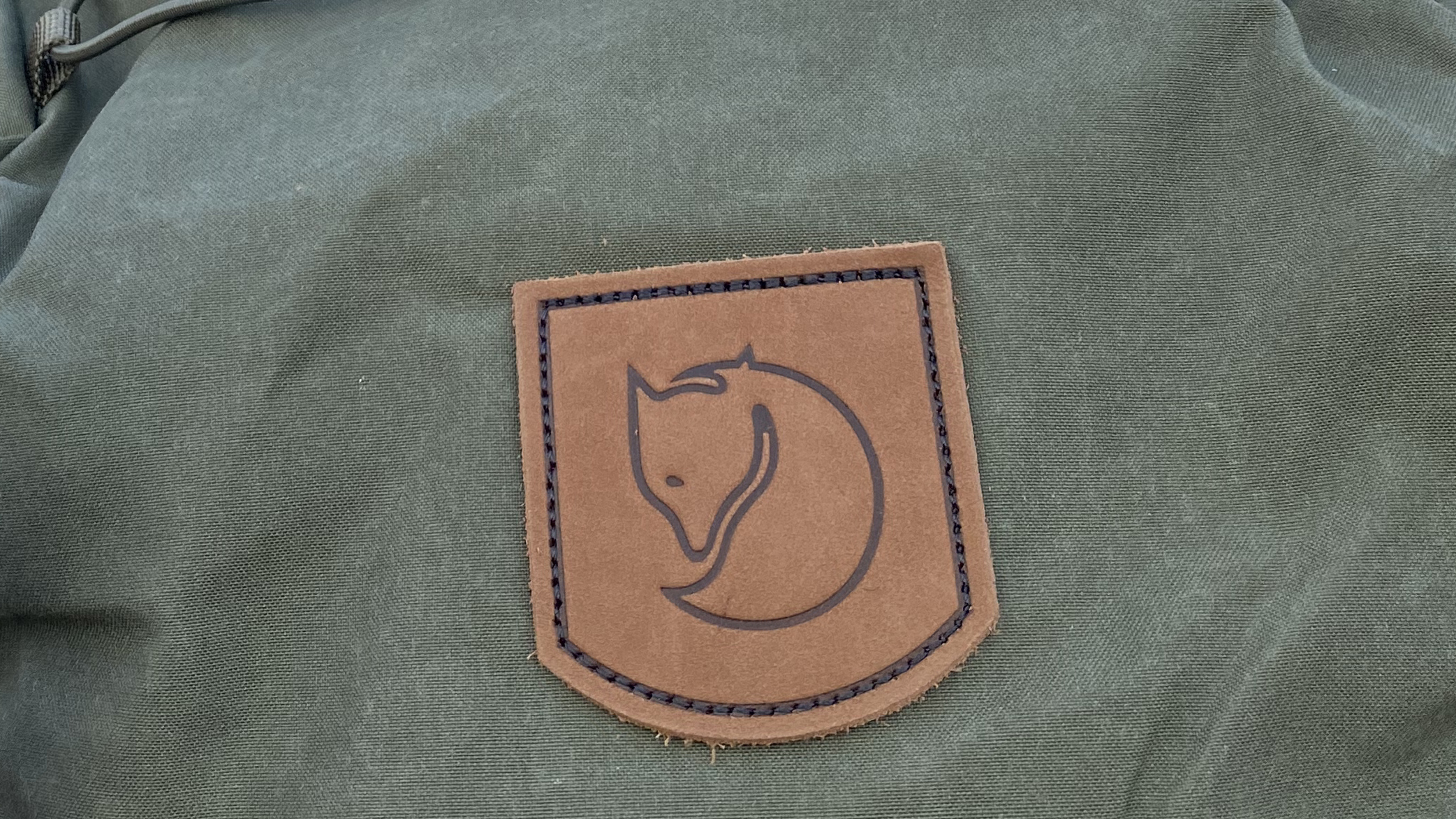
Just why is Fjällräven gear so expensive? Whether it’s the trendy and colorful Kånken backpacks, which saw sales explode globally during the 2010s, or its high performing outdoor apparel, such as the iconic Greenland jacket, Fjällräven gear costs a pretty penny. What is it about the Swedish brand that has seen it rise to prominence on the world stage and how is it able to command such a cost?
We’re here to reveal what’s behind the price, detailing Fjällräven’s ethos, design practices and commitment to sustainability so that you know what your hard-earned cash is paying for.
Why is Fjällräven so expensive?
The primary reasons Fjällräven is so expensive are that its products are of exceptional quality, featuring highly durable and ethically sourced materials; they have a commitment to sustainable practices; and the brand is highly sought after, which means it can set its prices high.
Meet the expert
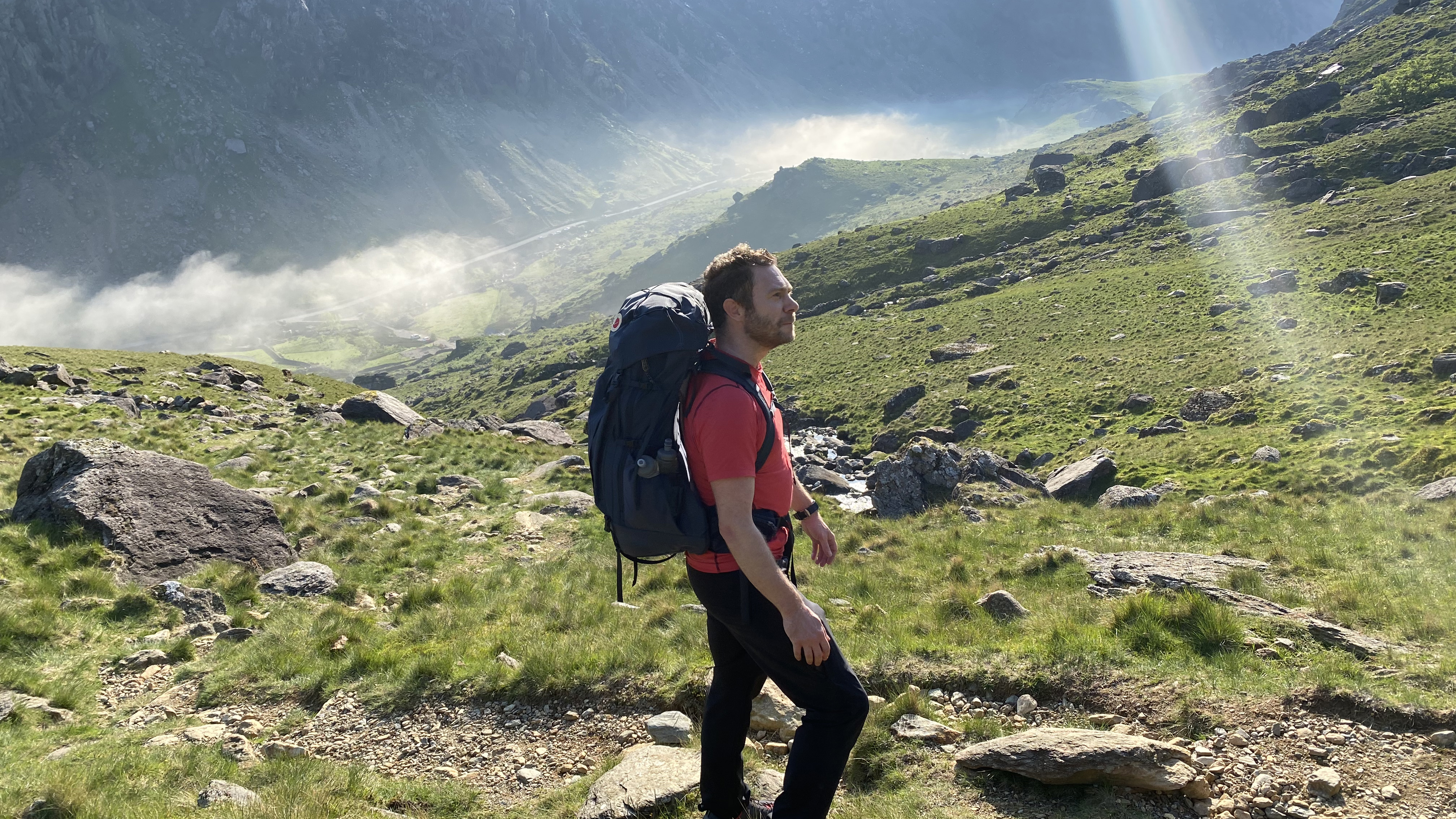
Our resident fell fox is an avid hiker, mountaineer and Mountain Leader. Alex can often be found exploring the high places, whether it’s the fells of Northern England, the Munros of the Scottish Highlands, the peaks of North Wales or alpine giants on the European continent. He’s tested several pieces of Fjällräven kit in the last few years and has a strong appreciation of why the brand commands such a high price point.
Fjällräven’s origins
As is often the case with premium outdoor brands, Fjällräven’s origins can be traced back to a young, adventurous individual who was dissatisfied with the quality of outdoor gear at the time. In Fjällräven’s case, this was a 14-year-old named Åke Nordin, who was born in Örnsköldsvik on Sweden’s High Coast. It’s a place where rolling, forested hills meet the sea and it was the setting for the adventures of Åke’s youth.
After having trouble with his hiking backpack when trekking through the mountains of Västerbotten in 1950, he set about creating a new pack design in his basement, at first using a wooden frame. Fast forward ten years and Åke had perfected his design, this time using an aluminium frame. He launched the product and Fjällräven was born.
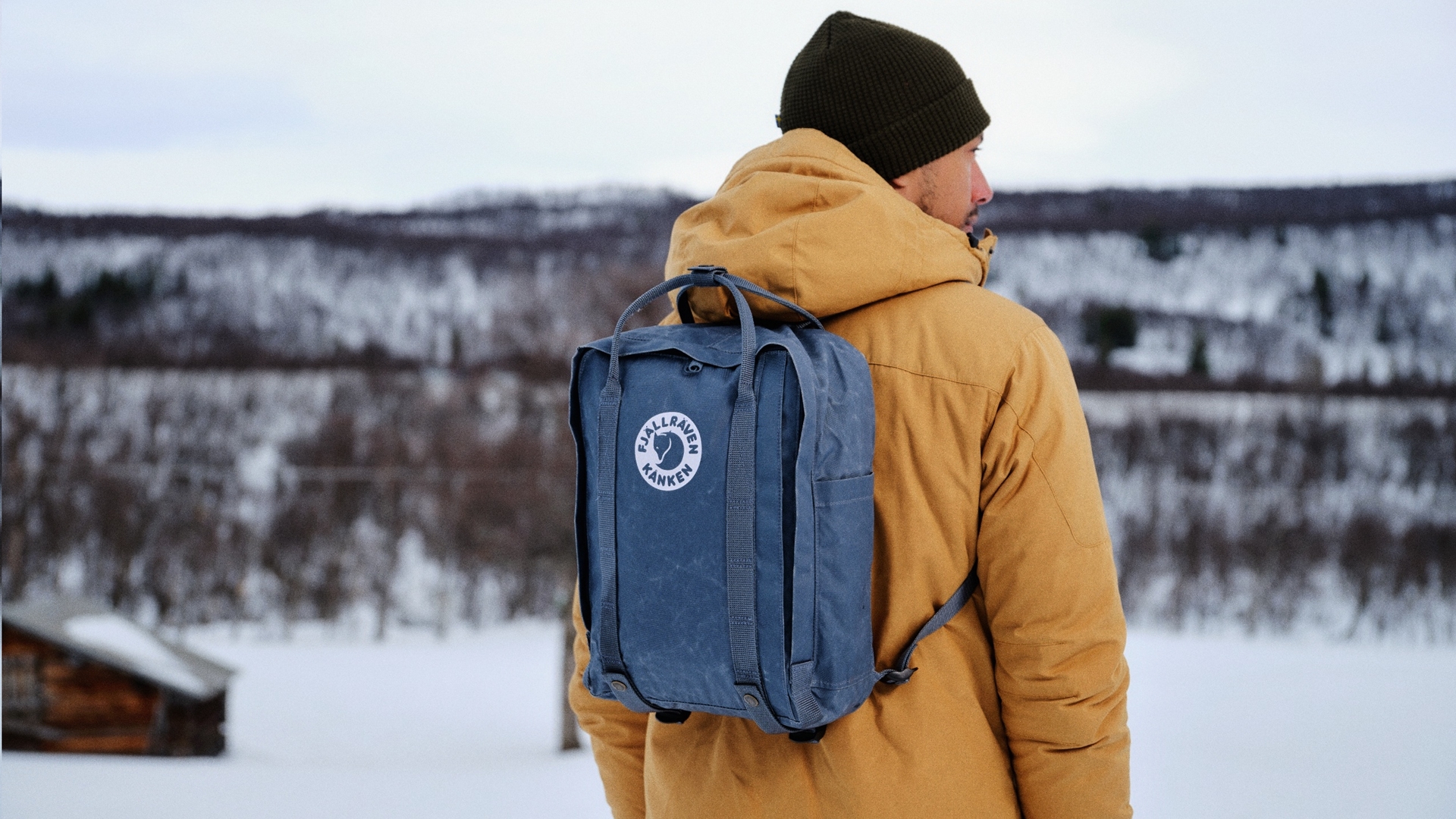
Through the 60s and 70s, Fjällräven’s range expanded to tents, sleeping bags, jackets and trousers and the brand enjoyed significant success in Sweden, particularly with its Greenland Jacket and, in 1978, it released the first iteration of the now iconic Kånken backpack.
The following decades saw global expansion. The brand was driven by the value of enabling people to get out into nature. Åke was a strong believer that the more people experienced the magic of the great outdoors, the more they’d want to care for it. As time went on, Fjällräven put more and more of its efforts into sustainable development, launching initiatives that gave back to the natural world. Today, Fjällräven are one of the most highly thought of outdoor brands around.
Advnture Newsletter
All the latest inspiration, tips and guides to help you plan your next Advnture!
High quality products
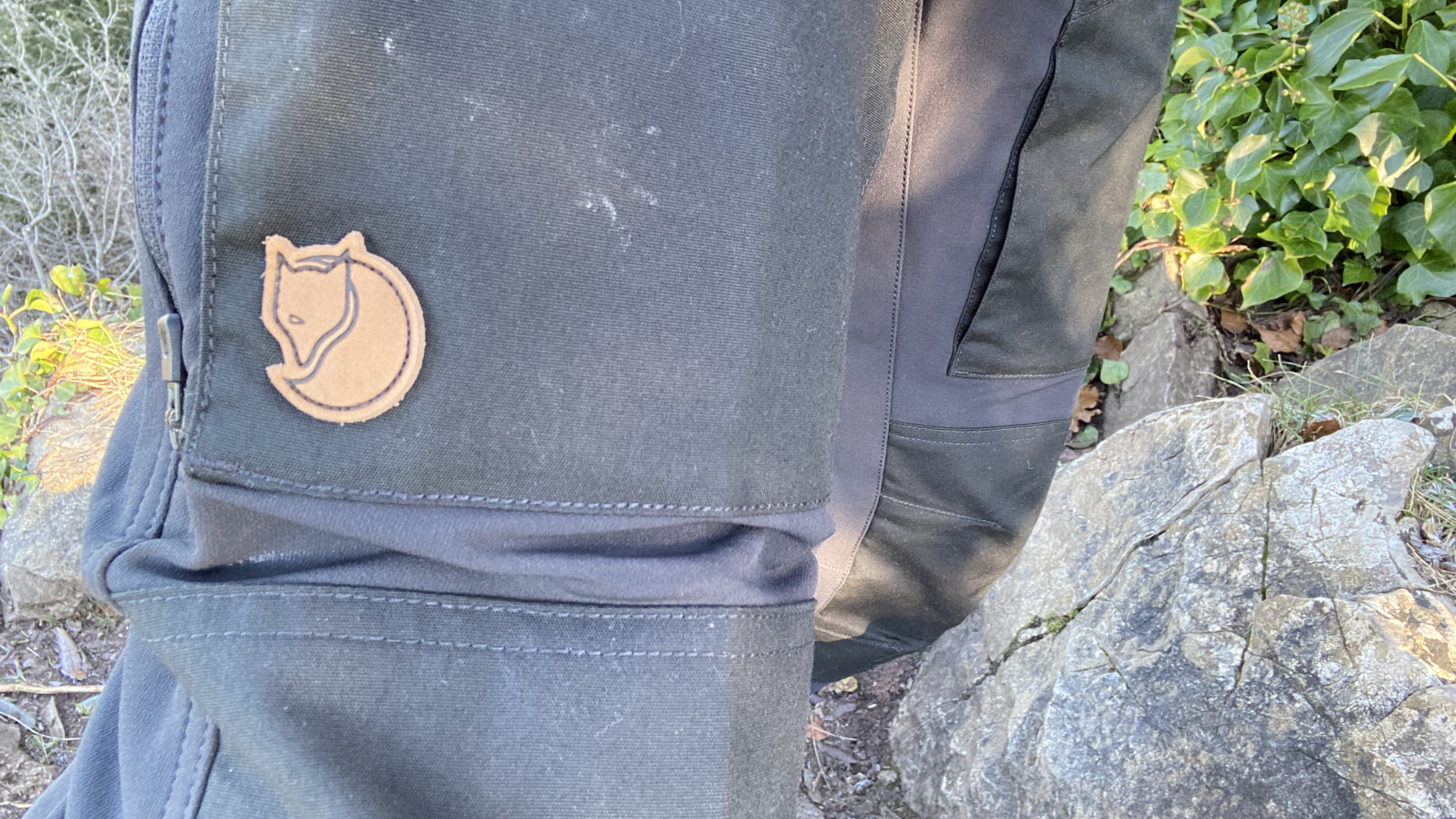
The products we develop are built to last for decades of use, to then be passed on to the next generation or be sold on the second-hand market. That way, fewer products will be produced, less energy will be consumed and less products will end up as waste.
Fjällräven
I’m always impressed with the quality of craftsmanship and the obvious durability of Fjällräven’s products. You can think of it in this way: the reason Fjällräven’s gear is so expensive is because Fjällräven don’t make cheap gear. The brand has an overarching philosophy that the more and longer outdoor products are used, the better it is for the environment. This is because its users should develop an affinity for the outdoors and want to protect it, while their Fjällräven kit will last long enough that it doesn’t need replaced. You can read more about it Fjällräven’s Sustainability and CSR report.
I recently tested and reviewed the excellent Fjällräven Kajka 55 backpack that, just like Åke’s first design in 1950, features a wooden frame. When the backpack was delivered, it came with a letter from current CEO Martin Axelhed underlining this ethos of sustainability through quality. The letter said: ‘If we promise to continue to work hard making long-lasting products with as little environmental impact as possible, will you promise to let those products work hard too? To use them for many years and not replace them with new products one or two seasons later?"

When developing products, Fjällräven’s designers make considerations like whether or not the cut can be adapted to reduce waste, ways to enhance the recyclability of the finished product, and whether or not recycled materials can be used while still offering the same level of quality. The brand pioneered a dying technique called SpinDye that, according to the brand, uses 75% less water, 67% fewer chemicals and 39% less energy than traditional dying. Each product then goes through a long period of testing. All this research and development takes time and it doesn’t come without a cost.
Ethical, yet high spec materials
The materials Fjällräven use have to satisfy the brand’s ethos of both sustainability and quality. It has a ‘Preferred Materials and Fibres’ list that’s graded in terms of its environmental impact. For example, recycled wool and organic hemp are rated as ‘excellent’, recycled polyester and the brands’ proprietary G-1000 Eco fabric are rated ‘good’, while polyamide, cotton and metal buttons are rated ‘OK’. The designers use this grading system when developing products.

However, there’s a balance to be struck here too, as Fjällräven firmly believes that the materials selected have to be durable enough to last for many years of use. So, for example, it wouldn't use a recycled material if it thought it wasn't hard wearing enough to meet the brand's standards. Nevertheless, Fjällräven is clear that it doesn’t use harmful PFCs, PVCs or Angora wool, a cruel product created at the expense of Angora rabbits. Fjällräven’s use of down in its down jackets and sleeping bags has also been fully traceable since 2014, meaning the product lives up to strict animal welfare standards.
This all affects the overall price of products, as sourcing suitable recycled materials, ensuring animal products are fully traceable and buying in high grade components all costs. This outlay is understandably passed on to the consumer.
Commitment to sustainability
The decline in numbers of the Arctic fox across Sweden forced Fjällräven to up its sustainability game during the mid-90s in order to protect the emblematic species. Not only is the Arctic fox the brand’s logo, Fjällräven literally means ‘Arctic fox’ in Swedish. Habitat loss due to human influence and the changing climate meant that by 1994 there were less than 100 of these beautiful animals left in Scandinavia.

In collaboration with the EU, Fjällräven set about sponsoring research and conservation efforts. These efforts continue to this day and the Arctic fox has become not just a symbol of Fjällräven as a brand but also a symbol of its environmental efforts. In 2019, Fjällräven founded the Arctic Fox Initiative, which awards grants to non-profit organisations with the goal of protecting the natural environment and inspiring people to spend more time in the great outdoors.
These kinds of initiatives are funded through the purchase of certain Fjällräven products. So, when you buy these products, you’re not only paying for the research and development that went into it, the high-quality materials and components, you’re paying towards worthwhile sustainability efforts.
The brand's reputation
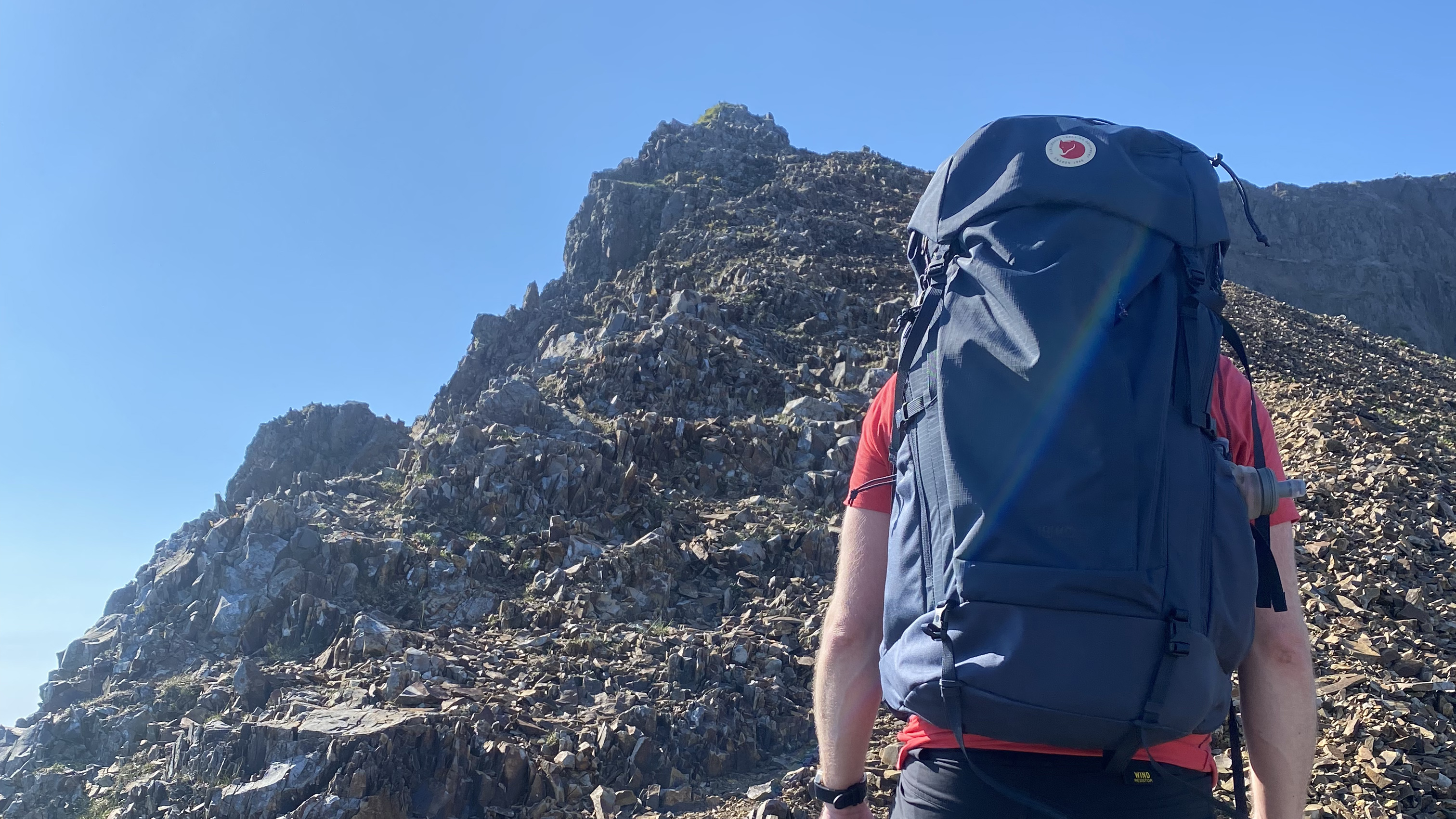
Like Patagonia or Rab, Fjällräven’s reputation for quality and responsible manufacture means that it’s a brand that consumers trust and one that outdoorsy folk want to be seen wearing. Just as Arc’teryx and The North Face are able to keep prices high because people pay them regardless, the same is true for Fjällräven. In short, the Arctic fox logo commands high prices.
Is Fjällräven gear worth it?

For me, if you can afford it, Fjällräven gear is worth every penny. I’ll give two principal reasons. First, the designs and materials are highly durable, so will last a long time. Sure, the initial outlay may sting a little but if you think of it as an investment, you should get value over time. Secondly, like Patagonia, this is a brand who are committed to doing things ethically and sustainably. Fjällräven is the antithesis of fast fashion and its products are increasingly recyclable.
Even better, consider buying second hand, which will save you money and is the more sustainable way to buy kit. The longevity of its products means that used Fjällräven gear should still be highly functional.
Alex is a freelance adventure writer and mountain leader with an insatiable passion for the mountains. A Cumbrian born and bred, his native English Lake District has a special place in his heart, though he is at least equally happy in North Wales, the Scottish Highlands or the European Alps. Through his hiking, mountaineering, climbing and trail running adventures, Alex aims to inspire others to get outdoors. He's the former President of the London Mountaineering Club, is training to become a winter mountain leader, looking to finally finish bagging all the Wainwright fells of the Lake District and is always keen to head to the 4,000-meter peaks of the Alps. www.alexfoxfield.com

